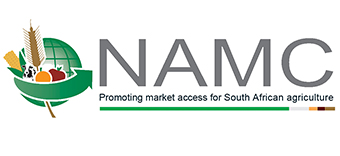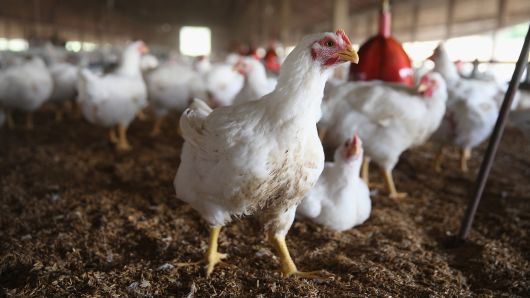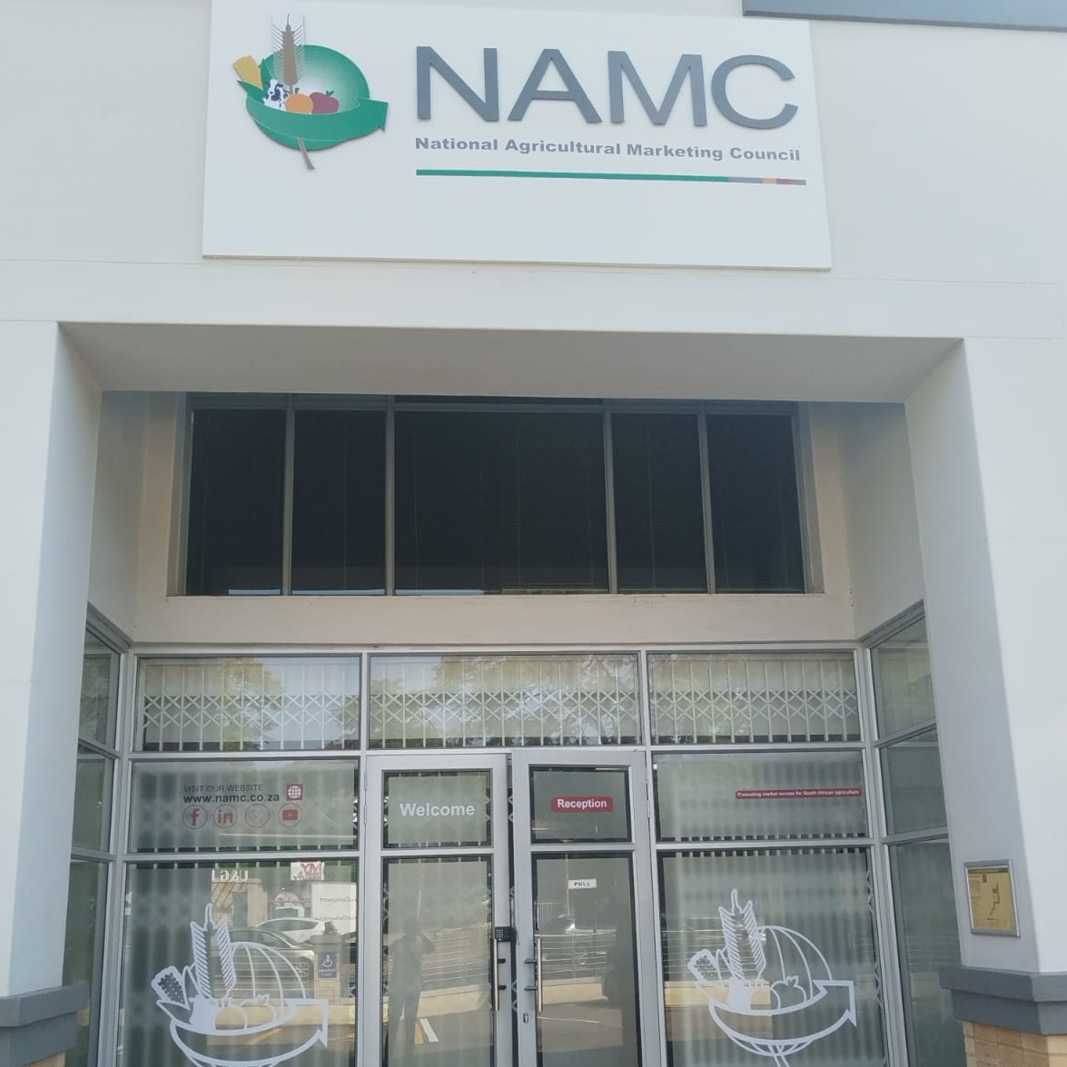Commentary: Socio-economic effects of Avian Influenza (AI) outbreak
By Fezeka Matebeni (fmatebeni@namc.co.za)[1], Sifiso Ntombela (sifiso@namc.co.za)[2] & Lucius Phaleng (lphaleng@namc.co.za)[3]
Introduction
Domestic production of poultry experienced a slight increase over the last decade due to improving innovations and demand growth. However, the growth rate in domestic consumption has outstripped the production rate, compelling the country to import some poultry products to satisfy the growing domestic demand. The production increased by 8.4 %, while consumption increased by 21.2 % between 2007 and 2017. The primary driver of consumption rise is the affordability of poultry. BFAP (2018)[4] showed that poultry products are relatively cheaper compared to other animal products such as beef and pork. Other factors driving consumption include the growing population, changing consumer preferences on health grounds (i.e. a preference for low-fat meat) and lifestyle changes (demand for convenient, fast food).
The impact of AI on production and jobs
The observed growth in poultry production was mainly under intensive production operations, which requires the country to strengthen its bio-security measures to prevent or control the spread of disease outbreaks. In the past few years, the industry has suffered an outbreak of avian influenza (H5N8) known as bird flu. AI is a highly infectious disease and causes high mortality in birds in a short space of time, thus impacting the industry to lose jobs and revenue. A total of 195 outbreaks were reported in recent years. To cope with increasing incidence of AI outbreaks, the South African government adopted a strategy of culling birds of the affected producers to prevent the spread of the disease.
Apart from the disease outbreak, the South African poultry industry has been facing the challenges associated with high feed costs as well as the impact of drought conditions. The shock or outbreak of AI, which started in June 2017, added more difficulty to the poultry industry. The local poultry producers that were not affected felt the hike of production input costs because the culling of chickens and closing of chicken farms resulted in a decline in egg and chicken supply in the country, which raised great concern over the price of eggs and chicken meat at the retail level. Many poor households were affected negatively, as they were not able to afford to purchase eggs and chicken meat, which is their main animal protein source. Furthermore, AI caused a major blow in the poultry industry because it led to the shedding of many jobs as many farms were forced to close.
The impact of AI on poultry trade
The monthly imports increased from an average of 38 000 tons in 2015 to 43 607 tons in 2018, which is equivalent to a 15 % growth in imports. This suggests that imports are increasingly displacing domestic produce in the local market. The substitution of local produce can be attributed to dwindling local production due to disease outbreaks, increasing feed costs and persistent drought, which collectively erode the competitiveness of the local poultry industry. The importation of poultry products into South Africa continues to increase since the monthly imports were recorded at 44 799 tons per month in 2018.
Remarks
Poultry production makes a significant contribution to improving the livelihoods and local economic development of many people. The provision of bio-security measures to prevent or inhibit AI should be put in place to avoid the reduction of socio-economic development. The need to strengthen the country’s bio-security infrastructure to prevent the occurrence of diseases such as AI is essential for the sustainability of the poultry industry. With regard to bio-security infrastructure development, especially in rural areas, the NAMC had proposed that some bio-security infrastructure projects could be implemented through a public-private partnership funding model to ensure a close working relationship between the government and private sector, but this approach is yet to be implemented. Limited budget for these identified bio-security and infrastructure projects constraints the competitiveness of not only the livestock industry but the whole agricultural sector. The outbreak of AI in the past years is a reminder to urgently attend to bio-security and rural infrastructure projects proposed in the SIP 11 master plan and other strategic documents such as Operation Phakisa for Agriculture, which was endorsed by all agricultural stakeholder



